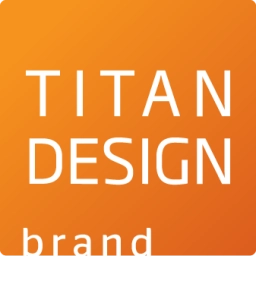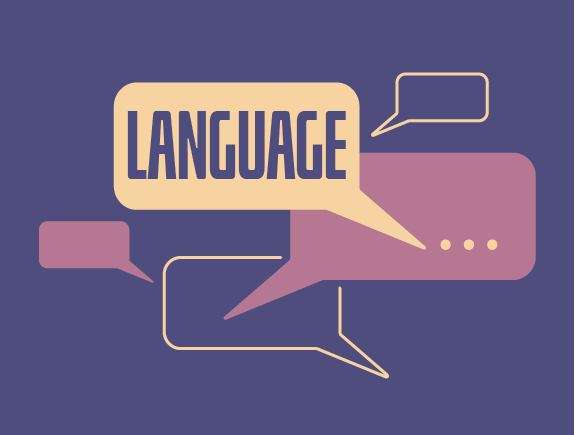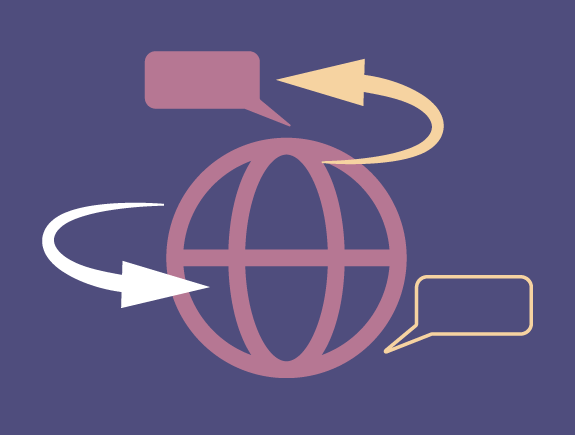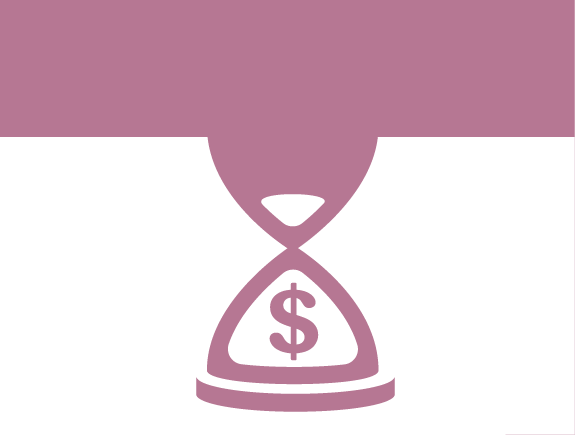It feels the clients and agencies aren’t speaking the same language sometimes. Not even the Babilon Tower can offspring two such different yet in a way similar languages. Any supermarket cashier can probably find the common language with a foreign tourist but that won’t always be the case with the agency clients’ communication. It also might be easier for two drunken guests to agree on the matters of politics and football in a very straightforward way, than for a client and an agency to reach an agreement on the vision of communication.
Of course, these picturesque examples are just comic relief. The misunderstandings between clients and agencies are not so dramatic but unfortunately, they exist and can do harm because they can waste time, enthusiasm, and resources. The question is how to avoid and overcome these misunderstandings in everyday communication. What is the right direction for the clients when it comes to presenting their needs and requirements in a proper way?
A creative brief is the starting and basic point of each successful collaboration.
If properly compiled, the creative brief brings important information on the product, market, and target audience to the table.
If properly written, it delivers a clear task for the agency to deal with.
This document is a source of all creative work to be. So it is of great significance to write it appropriately.
The question is – how?
Start with a presentation of the company’s services/products in a fluent and easy-to-understand flow!
Clients are familiar with their product since they are working on it for months and years. Hence they believe other people know just enough about it than it really is the case. This is a potential pitfall to oversee the important information.
To avoid any pitfalls, describe the product in detail, explain all its aspects, with great attention to detail and with deep understanding, as if your task is to explain the difference to a boy between body cream and body lotion. Or as if you have to explain to a girl Jokic lost the game though he won the MVP.
Define all the advantages of your product and the way your product stands out from the others on the market. Whether it’s about the organic ingredients or the new ones, or advanced production technology. Emphasize and point out anything that can distinguish you from the competition.
Does your product fit into the market?
Be honest with the agency and yourself, and realistic when it comes to current circumstances on the market. Evaluate the perception your customers have about your brand and add it to the creative brief.
Generate insight into categories you’re planning to try with. How does your product rank in comparison to your competition? What makes it stand out from others? What are the true advantages of your products? What are your expectations when it comes to the future ranking of your product? Do you see it positioned as a premium segment or by a low price? Do you see it as the brand people want to buy or as the brand people trust?
Who is your target audience?
To make things clear — everyone — is not and cannot be your target audience. If the clients claim literally everyone is their target audience, it is impossible, and this approach is lazy and not serious.
Understanding the structure of consumers and well-defining the most interested consumers for your product, brings long-term advantages.
First of all, it clearly defines and determines the direction of communication. This type of communication is more personal and results in getting more trust and love from your consumers.
For all these reasons, it is crucial to clearly outline your target audience, even if you think the resulting audience is too narrow, define it.
Why do you need help from an agency?
When an agency gets a brief from a client, the creative team in charge of your project starts studying the brief and the brainstorming process.
The initial brainstorming process can go in two directions. The first and unfortunately the most common one is when the creative team studies the brief over and over again trying to figure out its point. The second scenario assumes the creative team understood the brief and the task and they are immediately triggered to discuss various ideas.
For the second scenario to happen, a proper brief is needed, the one with clear expectations. What is the main message of the campaign? Are sales the goal of the campaign? What are the advantages to point out? What advertising channels will you consider?
Technical details
Deadline – is one of the English words used with a lack of understanding. It is not about vocabulary usage of this word, it is about setting deadlines. One of the vital points of the brief should be an expected delivery date. Depending on the workload, both parties should agree on a deadline when the clients can expect to get an opinion from the agency, shaped based on the brief. The optimal deadline would be a few weeks.
Budget – is one of the crucial points and it has to be included in the brief. It is recommended to establish the budget in advance, so the creative team can plan the campaign expenses in accordance with the set budget.
Bonus
In case you associate your product with a song, share this thought with the agency. It could be a film, series, Instagram post, comics, a famous person from pop culture, celebrity, anything that stirs inspiration and serves as a good middleman between you and the agency.
Trust the agency you hired and keep in mind you hired them exactly because they have a broader knowledge than you!
Write concisely but straight-to-the-point briefs!





















